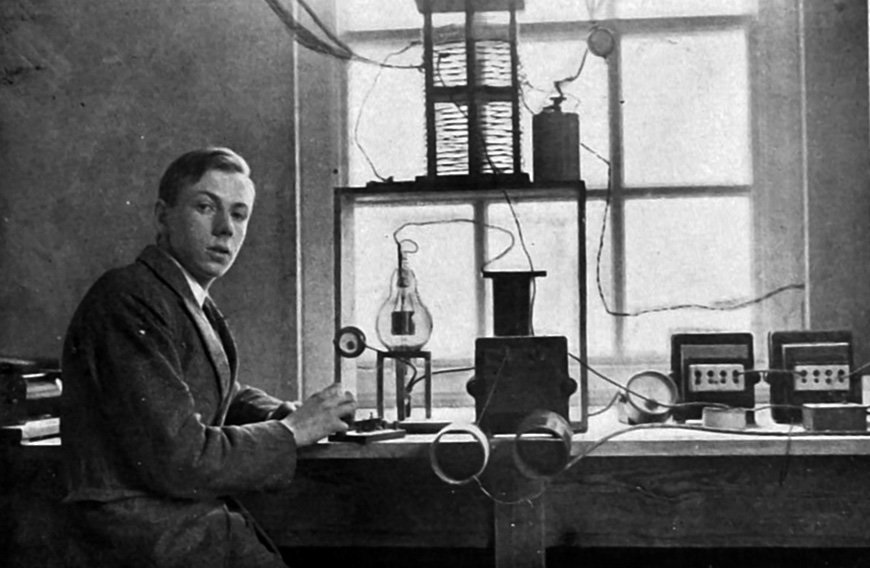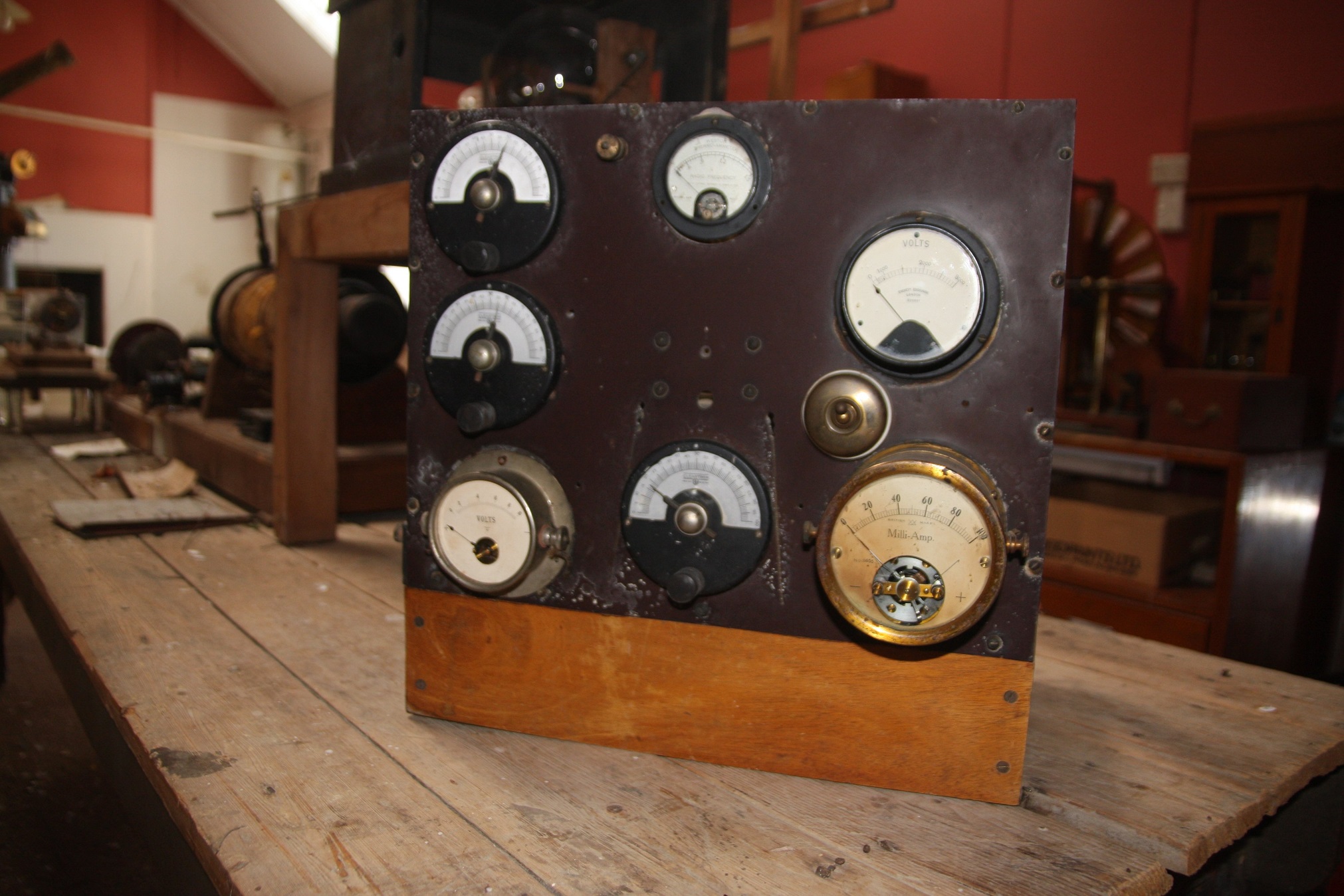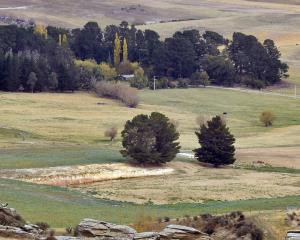Aerials, antennas, wires and poles have started sprouting up all over the place in preparation for centenary celebrations of the world’s first trans-global two-way radio communication between New Zealand and England.
The transmission was made from Shag Valley Station, near Dunback, by Mr Bell’s late grandfather Frank Bell — a radio enthusiast who built his own radio transmitter out of a box of spare parts.
He was listening to Morse code messages on his receiver on October 18, 1924, when he heard one from England.
He was surprised to be able to hear someone from so far away.
The response was from Cecil Goyder, a pupil at Mill Hill School in north London, making it the first official around-the-world wireless communication between the United Kingdom and New Zealand.

New Zealand Association of Radio Transmitters Inc Otago branch secretary Martin Balch said it was an amazing achievement, considering parts of radio transmitters were not commercially available at the time, and Frank’s radio was literally fashioned out of other parts and implements that he had lying around.
Part of his success was due to the effects of the grey line.
"The transmission was made at about 7.30pm — a time now known as the grey-line event.
"It’s a time when the United Kingdom is between dawn and daylight, and New Zealand is between dusk and night.
"So there is a line right around the world connecting the two points on Earth, in the same condition. That conducts the signal, right around the world.

"They didn’t know about the grey line at the time, so it was a phenomenon that they discovered."
Mr Balch said the transmission set a record that could not be beaten because it was sent between the two farthest parts of the world.
He said radio enthusiasts from across New Zealand had been arriving at the sheep station this week to set up their radio gear, in preparation for re-enacting the historic event tomorrow night.
Mr Bell, who now runs Shag Valley Station, said he was pleased to see so many people celebrating his grandfather’s achievement.
"It looks like a secret spy station here at the moment.

"In this day and age, I’m not sure people really appreciate how big an achievement it was.
"We’re just attuned to picking something up and talking on it and it all just happens.
"What he did broke down the barriers of communication and created new horizons — he expanded those boundaries around who we could talk to around the world."
Mr Bell said a large group of family members, some from as far away as Australia, were also returning to the farm this week for a reunion and to celebrate the milestone.












